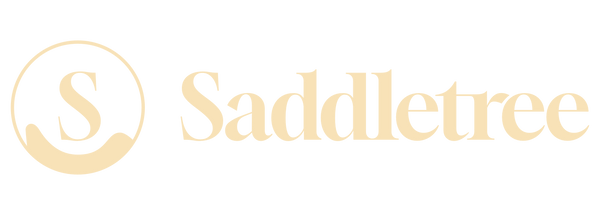
Why are there different beltings?
There are not only all kinds of different saddles, but also different girths that can influence the fit of a saddle.
Today we will look at the possible belting options and discuss the meaning and purpose of the belt attachments.
Parallel belting/center of gravity belting (top left):
- ensures a lot of freedom of movement at the shoulder
- belted evenly at the center of gravity
W-belt/double Y-belt (top center):
- distributes the pressure evenly over the entire contact surface
- fixes the saddle in the front area and prevents it from slipping forward
V-belt (top right):
- prevents the saddle from rocking
- distributes the pressure more evenly than parallel belting
Y-belt with front strap (bottom left):
- The front girth strap fixes the saddle in the front area and prevents it from slipping forward
- slightly less shoulder room compared to parallel belting
- Attention: the front girth strap should not be tightened all the way, as this could cause too much pressure in the area of the gullet plate or the saddle could pull into the armpit!
Triangle belting combined with center of gravity belting (bottom center):
- This girth also prevents the saddle from rocking
- additionally belts with priority at the center of gravity and leaves shoulder room
Short girth straps (bottom right): The saddle has either short or long girth straps, indicating whether you need a short or long girth. Dressage saddles usually have long girth straps.
Even with a jumping saddle with three short girth straps, you can influence the pressure points with the help of the girth: By using the two rear straps, for example, the saddle's center of gravity is fixed in the rear area and pressure is somewhat relieved in the area of the shoulder and withers.
When girthing, it is important to ensure that the straps are level and that the horse is not girthed too tightly immediately after saddling, so that saddle pressure is not created or the saddle is pulled into the armpit/behind the shoulder.
A saddle always comes with three girth loops, and it's up to the saddler to decide which girth is best for your horse. This also depends on whether your horse is built more backwards or forwards. The horse's belly girth and rib shape can also be taken into account in the analysis to determine the appropriate girth.
